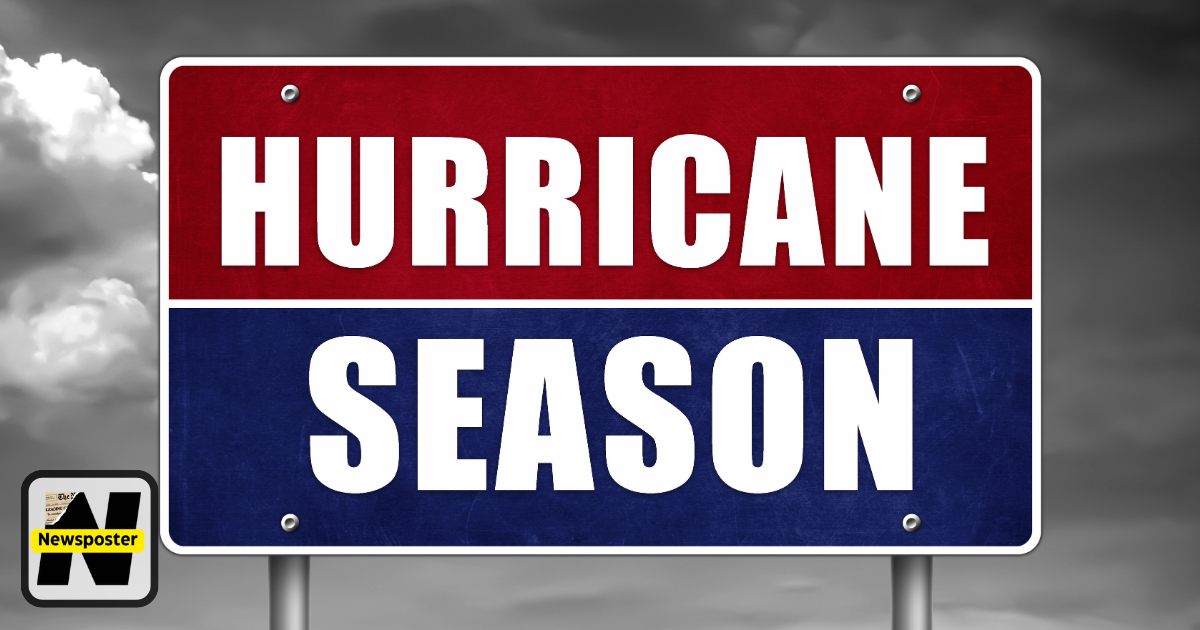As the most intense stretch of hurricane season draws closer, forecasters are facing an unusual level of uncertainty as they try to predict how the Atlantic will behave. This difficulty has been compounded by funding and staffing shortages that are limiting how quickly U.S. weather agencies can respond to potential threats. What began in 2024 as an outlook for an “overactive” season has become a humbling lesson for meteorologists, as long stretches of the summer passed with barely any tropical activity. In response, scientists at Colorado State University, one of the country’s leading forecasting centers, scaled back their projections from nine named storms to eight before the season officially ends on November 30.
What made the season so puzzling was the sharp contrast between expectations and reality. Key signals such as warm sea-surface temperatures and patterns seen in previous years pointed to heavy storm activity. Instead, from late August through most of September, the Atlantic remained quiet, which researchers now attribute to a mix of strong upper-level winds, dry air that choked developing systems, and unusual steering currents that diverted potential storms northward. That lull came to an abrupt end in late September, when a sudden burst of activity produced seven hurricanes before November was over, including three that reached Category 3 or stronger. The burst pushed the 2024 season into “hyperactive” status despite its slow start. These unpredictable shifts are forcing scientists to question the reliability of long-standing forecasting models, even as rising ocean temperatures — nearly 0.9°F above normal in late July — continue to load the atmosphere with energy. With those hot waters waiting to be tapped, forecasters warn that the challenges of anticipating storms are only becoming greater.











